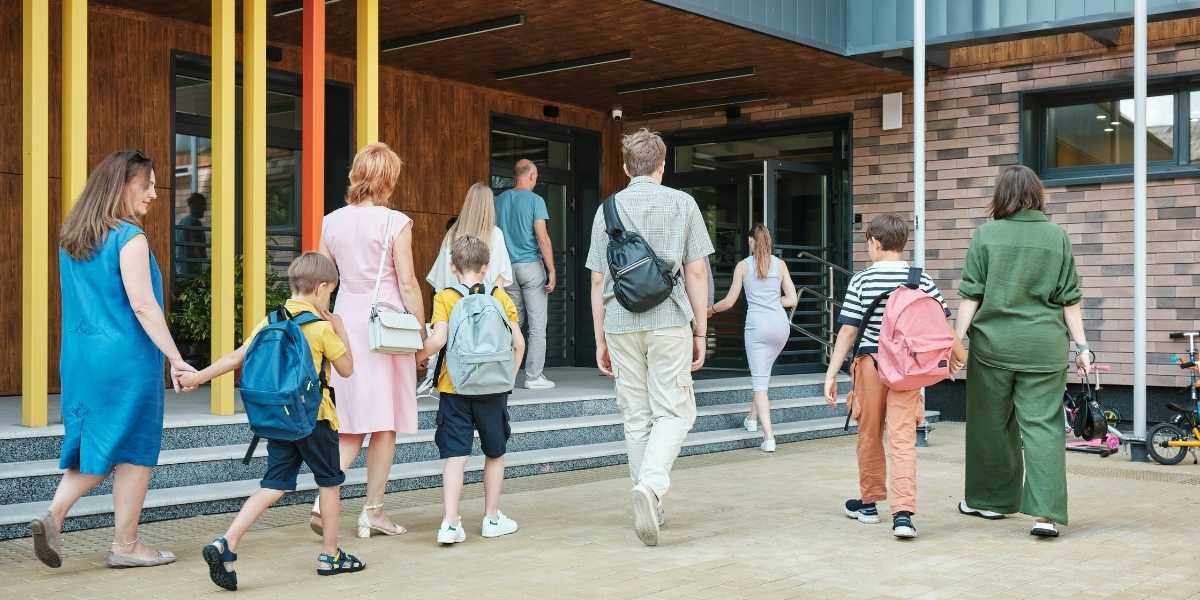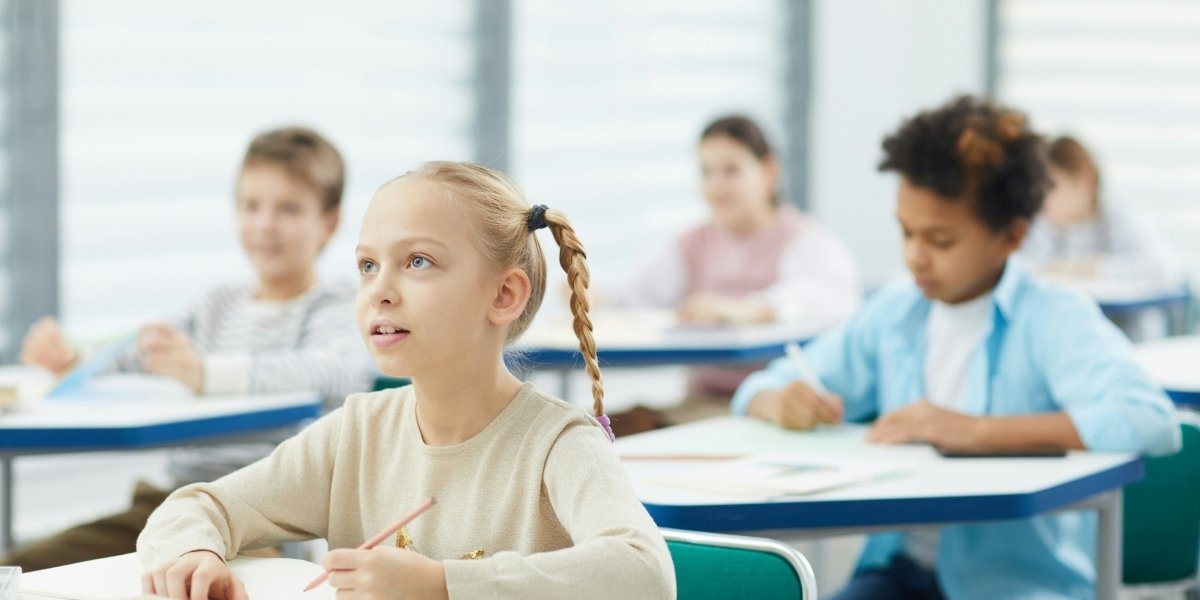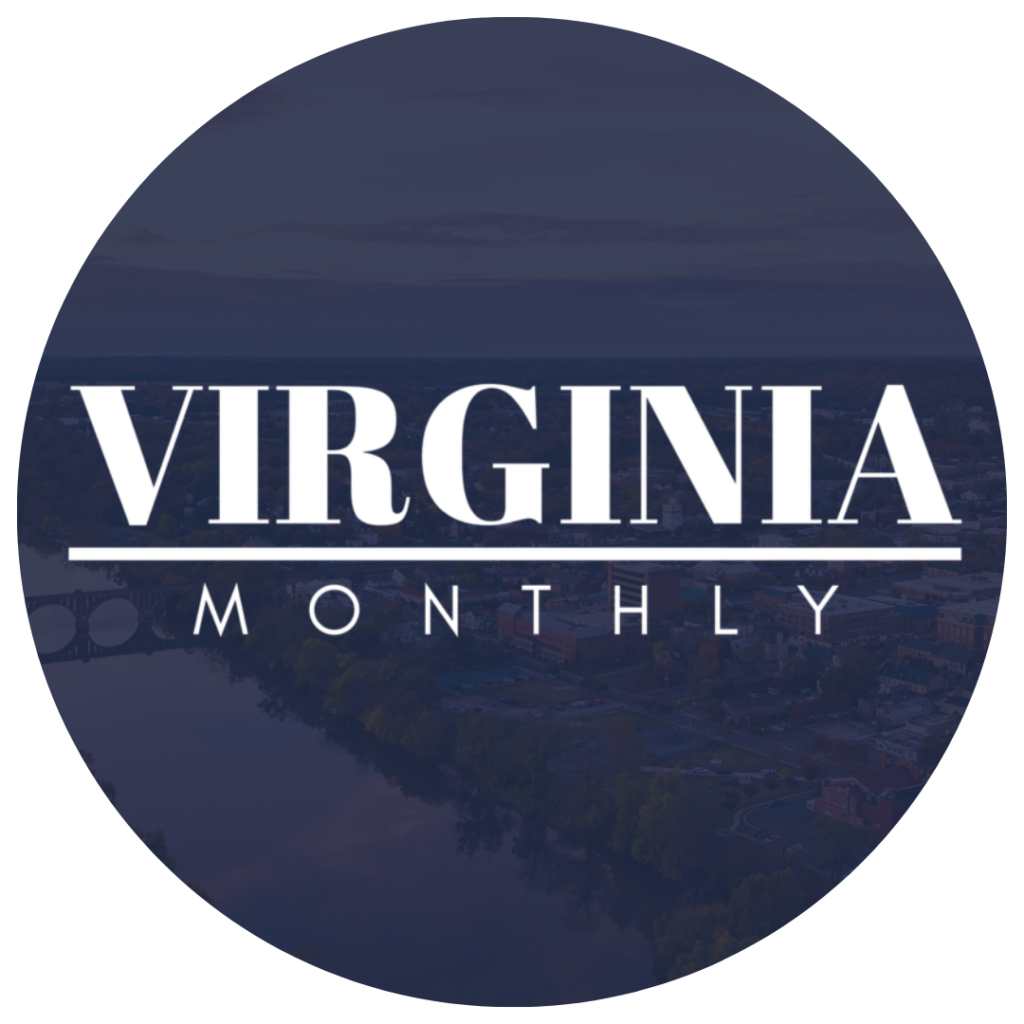Virginia’s public school enrollment has been on a steady decline, and this trend isn’t just about fewer kids filling classrooms. It’s a shift that has far-reaching effects on the state’s educational system and the economy at large. While a decline in school enrollment might seem like a small issue at first glance, the economic ripple effects are much more significant. Let’s take a closer look at the causes behind the drop in enrollment and explore how this is affecting Virginia’s economy.
Read also: The Impact of Virginia School’s New Safety Protocols
Why Is Virginia Seeing a Decline in Public School Enrollment?
When you think about a drop in public school enrollment, the first thing that likely comes to mind is a drop in the number of children. And that’s definitely one factor contributing to the decline in Virginia. Over the years, birth rates in the state have steadily decreased, which naturally leads to fewer children entering the school system. This has been happening across the country, and Virginia isn’t immune. Fewer births mean fewer children entering schools, particularly in younger grades like kindergarten and first grade.
But it’s not just about birth rates. There’s another trend at play: demographic shifts. A lot of young adults are leaving rural and small-town Virginia for bigger cities where they can find more job opportunities. This movement is leaving many rural communities with older populations and, as a result, fewer school-age children. The families that remain often have fewer children, which only adds to the decline.
Then, there’s the pandemic effect. The COVID-19 pandemic disrupted schooling for a long time, and during that period, many families turned to alternatives like homeschooling and private schools. These options grew in popularity as people started to explore different ways of educating their children outside of traditional public schools. While schools have largely returned to normal, the pandemic shifted some parents’ preferences permanently, and they’ve chosen to stick with their new schooling arrangements.
How Does This Enrollment Decline Affect Virginia’s Economy?

Photo Credit: Unsplash.com
The decline in enrollment isn’t just something affecting schools, it’s impacting Virginia’s economy as a whole. The way public schools are funded in the state is directly tied to student enrollment. When fewer kids show up, the state allocates less funding to the schools. And with less funding, districts face the tough choice of cutting costs. This often means laying off teachers, reducing extracurricular programs, or even closing down schools.
When schools close, it’s not just the kids who lose out. Communities lose key resources that public schools provide. Schools are often community hubs where kids gather for after-school programs, sports, and social activities. Closing schools can weaken a neighborhood’s sense of community, especially in smaller towns where the school is one of the central points of social life. Plus, with fewer students, many schools are forced to consolidate, leaving families with fewer choices for education.
And it doesn’t stop with K-12 education. The longer-term impact of declining public school enrollment means fewer students will eventually be heading off to college. That’s a big deal for Virginia’s higher education institutions, which depend on a steady stream of students to support their operations. Fewer students in public schools today could translate into fewer students attending Virginia’s universities and colleges down the road, impacting these institutions’ finances and even their ability to maintain programs.
What Are the Long-Term Implications for Virginia’s Public Schools?
The enrollment decline in Virginia isn’t expected to be a short-term issue. Projections show that this trend will likely continue for years, with only a handful of Virginia’s 131 school districts expecting any growth in student numbers. Most districts will see continued declines through at least 2028.
So, what does this mean for the future of Virginia’s schools? For one, the state will likely face increasing challenges in maintaining its education system’s quality. Budget cuts that result from fewer students could lead to fewer teachers and staff, fewer resources, and fewer extracurricular programs. For schools already struggling with tight budgets, this could make things even worse. Without adequate funding, maintaining the quality of education becomes even harder.
In areas where enrollment is dropping, schools are already grappling with the possibility of consolidating. In some cases, this could lead to entire school closures, especially in smaller districts that are finding it difficult to keep schools open due to low student numbers. If these closures continue, Virginia could see communities lose not just schools, but the social cohesion that public schools often provide.
Can Anything Be Done to Turn Things Around?
There’s still time to address Virginia’s enrollment decline, but it’s going to take a combination of strategies to make a difference. For one, improving the quality of public schools could help attract more families. Schools that provide strong educational outcomes, safe environments, and high-quality extracurricular activities are more likely to draw students. Virginia’s schools could make an effort to update their curriculums, invest in professional development for teachers, and improve school facilities to make them more attractive to families.
But improving education isn’t just about schools themselves. It’s about creating thriving communities where families want to settle down. If Virginia wants to reverse its enrollment decline, especially in rural areas, it could focus on making these places more attractive for younger families. Investments in housing, local jobs, and community infrastructure could make rural Virginia more appealing to people looking to put down roots and raise families.
Additionally, Virginia’s public schools could rethink how they offer education. With more families opting for homeschooling or private schooling, public schools might need to consider hybrid learning models or even online education options that cater to more modern needs. While not all of these changes would be easy or quick, they could offer families more flexibility, which is something that could help bring students back into public schools.
Read also: The Growing Attention Around Virginia’s High School Baseball Scene
What Does This Mean for the Future of Virginia’s Economy?

Photo Credit: Unsplash.com
The enrollment decline in Virginia’s public schools is more than just an educational issue, it’s a financial one. The state’s economy relies on a healthy public school system, and if these trends continue, there could be lasting consequences. Fewer students attending school today could mean fewer students going to college tomorrow, which would have a direct impact on Virginia’s higher education institutions and job market.
As public schools face budget cuts, the quality of education may suffer, which in turn could affect the workforce of the future. The ripple effects of fewer students in school today could stretch far into the future, affecting everything from workforce development to the state’s long-term economic growth.








